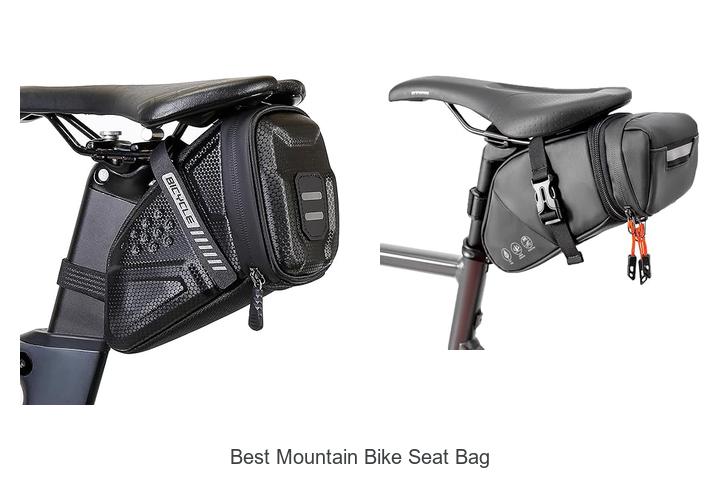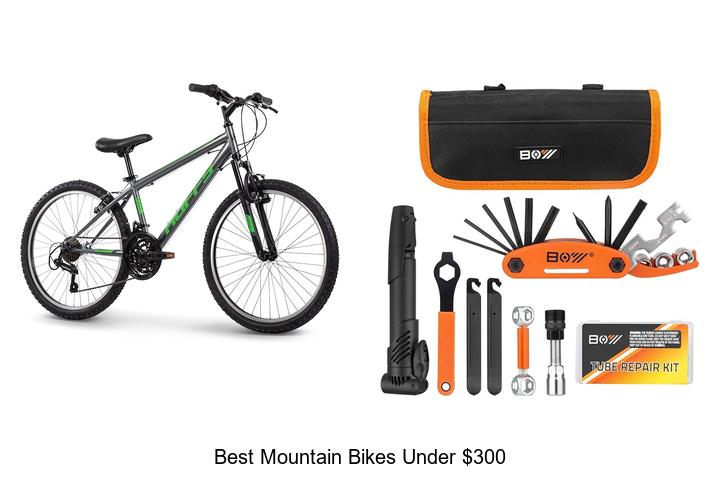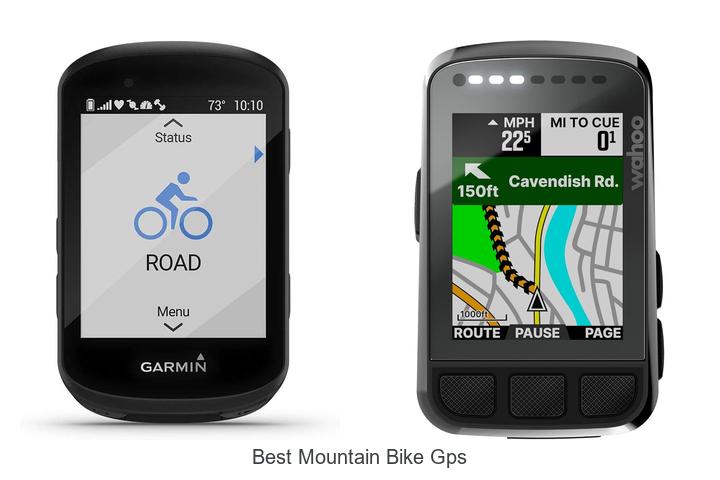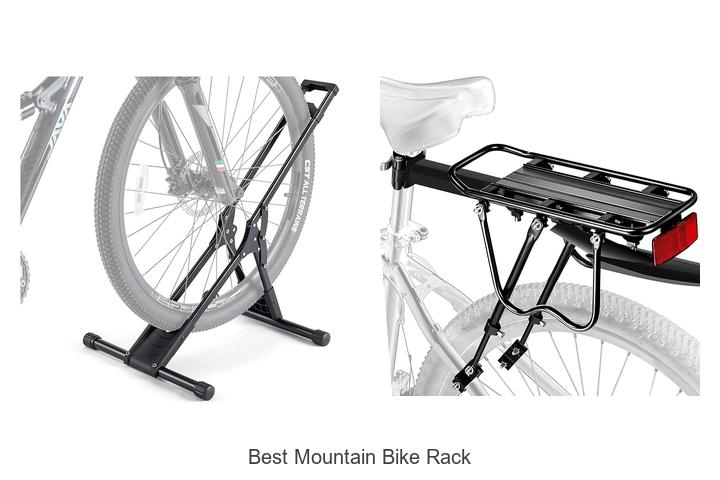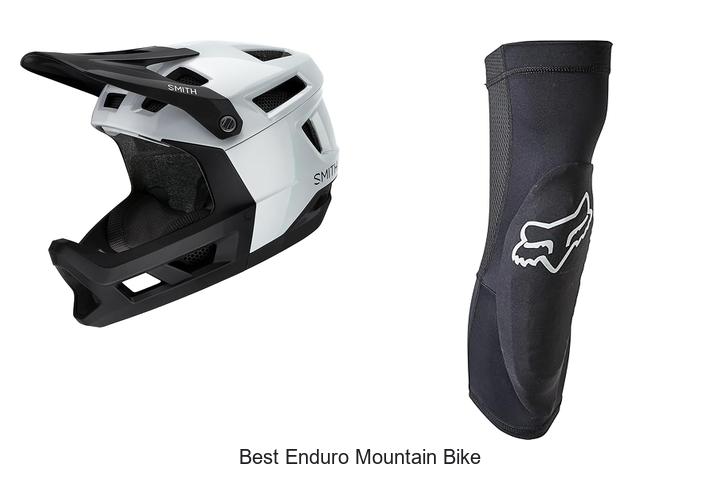How Fast Can a Mountain Bike Go? Speed Limits & Factors Explained
Key Takeaways
- Mountain bike speeds vary widely, typically ranging from 5 to 35 mph depending on terrain, rider skill, and bike design.
- Smooth, hard-packed trails enable faster speeds (12-20 mph), while technical or loose terrains reduce speed for safety and control.
- Downhill sections allow peak speeds of 20-35 mph, with professional riders reaching over 70 mph on specialized courses.
- Bike components like lightweight frames, tire choice, suspension, and gearing significantly impact speed potential.
- Safety gear including helmets, gloves, pads, and body armor is essential when riding at high speeds to minimize injury risk.
- Advanced handling skills and proper riding techniques are crucial for maintaining control and navigating obstacles safely at higher speeds.
Mountain biking is an exhilarating sport that pushes both rider and machine to the limit. If you’ve ever wondered how fast a mountain bike can go, you’re not alone. Speed on trails varies widely depending on terrain, bike type, and rider skill.
You might be surprised to learn that mountain bikes can reach impressive speeds, especially on downhill stretches or smooth paths. But factors like bike design and trail conditions play a big role in determining just how fast you can safely ride. Understanding these elements will help you get the most out of your mountain biking experience while staying in control.
Factors Influencing Mountain Bike Speed
Several factors influence how fast your mountain bike can go. Understanding these elements helps you optimize speed while maintaining control and safety.
Terrain and Trail Conditions
Terrain type directly affects your bike’s speed. Smooth, hard-packed trails allow higher speeds, often exceeding 20 mph, while loose gravel or muddy paths reduce traction and slow you down. Steep downhill sections increase speed due to gravity but demand caution. Sharp turns, rocks, and roots require you to slow for safety, preventing uncontrolled accelerations.
Rider Skill and Experience
Your skill level shapes speed capability. Experienced riders control their bikes better, maintain balance at higher speeds, and respond quickly to obstacles. Familiarity with the trail enables anticipation of technical sections, allowing you to maintain momentum. Conversely, beginners tend to ride slower due to cautious braking and slower maneuvering.
Bike Design and Components
Your bike’s design impacts speed significantly. Lightweight frames improve acceleration, while suspension quality affects handling on rough terrain. Tire tread and width influence grip and rolling resistance; narrower, slick tires increase speed on hard surfaces, while wider, knobby tires provide control on loose terrain but slow you down. Efficient gearing systems help maintain optimal cadence across varied terrain, enhancing speed potential.
Average Speeds of Mountain Bikes
Mountain bike speeds vary widely depending on terrain, rider skill, and bike characteristics. Understanding these average speeds helps you gauge what to expect during rides and optimize your performance safely.
Typical Speed Ranges on Different Terrains
- Smooth, hard-packed trails: You can reach speeds between 12 and 20 mph due to minimal rolling resistance and stable traction.
- Loose gravel or dirt paths: Speeds drop to 8-15 mph because tires grip less firmly, requiring more careful handling.
- Steep downhill sections: Your speed often peaks at 20-35 mph, influenced by gravity and the bike’s suspension and stability.
- Technical rocky or root-covered trails: You typically maintain 5-10 mph, as maneuvering over obstacles demands control over velocity.
Comparing Mountain Bike Speeds to Other Bikes
- Road bikes: You can expect road bikes to average 15-25 mph on paved surfaces, exceeding mountain bike speeds mainly due to thinner tires and lighter frames.
- Hybrid bikes: These bikes usually maintain 12-18 mph on mixed terrains, positioning them between mountain and road bikes.
- Electric mountain bikes (e-MTBs): Assisted speeds often range from 20 to 28 mph, depending on motor power and local regulations.
| Bike Type | Speed Range (mph) | Typical Terrain |
|---|---|---|
| Mountain Bikes | 5 – 35 | Variable: trails to downhill |
| Road Bikes | 15 – 25 | Paved roads |
| Hybrid Bikes | 12 – 18 | Mixed surfaces |
| Electric MTB (e-MTB) | 20 – 28 | Trails with motor assistance |
Maximum Speed Potential of Mountain Bikes
Mountain bikes reach impressive top speeds depending on design, terrain, and rider skill. Understanding these factors clarifies the limits and possibilities of mountain biking velocity.
Records and Real-World Test Speeds
Mountain bike downhill speed records exceed 70 mph on specialized courses, set by professional riders using highly modified bikes. Typical riders achieve downhill speeds between 20 and 35 mph on steep trails, while flat, smooth sections commonly allow speeds of 12 to 20 mph. Trail conditions limit maximum speeds; loose gravel, technical rocks, and tight turns reduce speed to below 10 mph for safety and control. Real-world tests show average experienced riders maintain speeds close to 15 mph on mixed terrain. Speed varies widely based on trail type and skill, with professional racers reaching extremes far beyond recreational levels.
Impact of Modifications and Upgrades
Upgrading components such as tires, suspension, and drivetrain directly enhances speed potential. Lightweight frames increase acceleration and top speed by reducing overall weight. High-performance tires with low rolling resistance improve grip and speed on hard-packed trails. Advanced suspension systems stabilize your ride over uneven terrain, allowing for faster, more confident descents. Optimized gearing delivers efficient power transfer and higher top-end speed on descents and flats. Aerodynamic enhancements, though less common in mountain biking, also contribute marginal speed gains. Proper maintenance keeps all components functioning smoothly, preserving maximum speed capability on every ride.
Safety Considerations at High Speeds
Riding your mountain bike at high speeds demands extra attention to safety. Proper precautions and awareness of handling challenges keep you in control and reduce injury risk.
Protective Gear Recommendations
Always wear a certified helmet designed for mountain biking to protect your head from impacts. Use full-finger gloves to improve grip and shield your hands. Consider wearing knee and elbow pads, especially on technical or downhill trails, to minimize injury from falls. Protective eyewear guards your eyes against debris and improves visibility in varying light conditions. Invest in body armor or a chest protector when riding at extreme speeds or on challenging downhill courses.
Handling and Control Challenges
Controlling a mountain bike at high speeds requires advanced handling skills since reaction times shorten and braking distances increase. Maintaining a proper riding posture with a low center of gravity enhances stability. Anticipate trail obstacles like rocks, roots, and sharp turns early to adjust your speed and line accordingly. Use smooth, progressive braking to avoid skidding. Tire choice and suspension settings affect traction and shock absorption; optimize these for the specific terrain and speed to maintain control. Practice speed management techniques, such as modulating cadence and weight distribution, to navigate technical sections safely.
Conclusion
Your mountain bike’s speed depends on many factors, from the trail you choose to how well your bike is set up. By understanding these elements, you can push your limits confidently while staying safe. Whether you’re aiming for thrilling downhill runs or steady trail rides, optimizing your gear and skills will help you get the most out of every ride. Keep refining your technique and maintaining your bike to enjoy faster, smoother adventures on any terrain.
